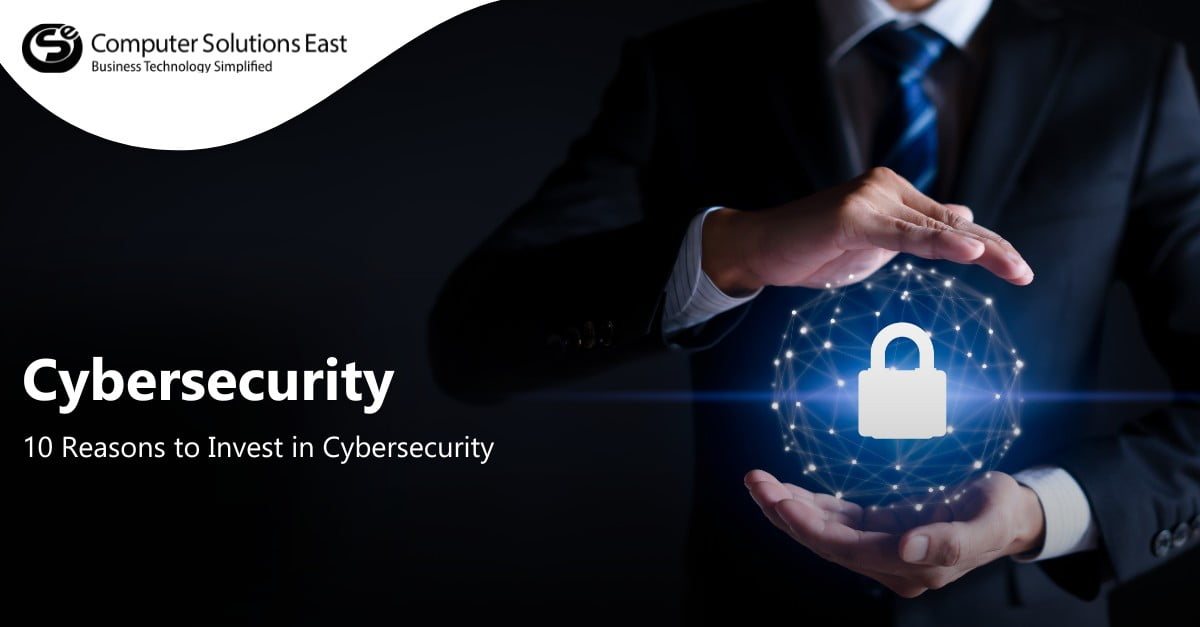Outside of Firewall Systems: Cutting-edge Security Strategies in Information Technology Management

In the digital world, as companies increasingly utilize tech for driving their operations, the importance of robust cybersecurity cannot be overstated. As cyber threats growing more complex and become more sophisticated, companies must emphasize their cybersecurity strategies for protecting sensitive data and maintain the trust of their customers. Companies are no longer in a position to businesses afford to view cybersecurity as an afterthought or a mere compliance requirement; it is now a core component of IT management and business resilience.
Advanced cybersecurity solutions are crucial not only for safeguarding data but also for enhancing general operational efficiency. With the rise of remote work, the Internet of Things, and cloud computing, organizations face a complex array of vulnerabilities that demand comprehensive strategies. This article will explore various aspects of cybersecurity and IT managed services, focusing on key threats, best practices, and the benefits of outsourcing IT functions to expert providers. In this exploration of this critical topic, it will become evident that taking proactive measures to secure digital assets is vital for every business aiming to thrive in a rapidly changing environment.
Comprehending Cyber Security Threats
In today's digital ecosystem, businesses face an growing range of cyber security risks that can threaten their activities and reputation. Sidechain Security have developed from isolated incidents to structured attacks focused on the weaknesses of entire fields. These risks stem from multiple sources, including hostile actors such as data breaches and online criminal organizations, as well as within threats from personnel or system misconfiguration. Comprehending these threats is crucial for companies striving to safeguard their resources and private information.
One of the most prominent types of cybersecurity risks is ransomware, where attackers encrypt the target's data and ask for a payment for its release. This method has found popularity due to its efficiency in squeezing money from businesses, often leading to significant financial loss and business disruption. Spear phishing scams are another common danger, using fraudulent emails or messages to trick workers into disclosing authentication information or other confidential information. These methods exploit cognition, making it essential for businesses to train their staff in identifying and avoiding such scams.
Additionally, the growing number of devices connected to corporate networks, including smart gadgets, enlarges the attack surface for online threats. Any device presents a potential entry route for attacks, requiring businesses to establish robust security measures. Compliance laws, such as General Data Protection Regulation and Health Insurance Portability and Accountability Act, also complicate the environment, as failing to safeguard data effectively can lead to harsh fines and public image harm. Identifying and comprehending these dynamic cyber security threats is the first step in developing a holistic approach to safeguard enterprise activities and data integrity.
The Value of IT Managed Services
In the modern fast-paced business environment, IT managed services have become essential for organizations of every size. By delegating IT functions to expert providers, companies can focus on their core activities while ensuring that their technology infrastructure is properly managed and secured. This approach not only increases efficiency but also lightens the burden on internal resources, allowing teams to allocate their time and energy to important initiatives that drive growth.
One of the main advantages of IT managed services is the proficiency that these providers bring to the table. They offer a wide range of services including security management, data protection, and compliance assistance. With the rapidly developing landscape of cyber threats, having access to knowledgeable professionals who stay informed with the most recent technologies and best practices is crucial. This level of specialization enables businesses to stay on top of potential risks and ensures that their systems are constantly safeguarded against emerging threats.
Furthermore, IT managed services can offer significant cost savings compared to maintaining an in-house IT team. By taking advantage of the cutting-edge tools and resources that managed service providers use, companies can reduce infrastructure costs and minimize the financial burden associated with administrating and maintaining IT systems. This not only allows for better budgeting and resource allocation but also ensures consistent pricing models, making it easier for businesses to plan for their technological needs without the fear of unexpected expenses.
Future Trends in Information Security
As businesses move into the upcoming stage of technological transformation, cybersecurity will increasingly become a strategic priority for organizations. With the advent of innovations such as AI and machine learning, experts can predict these capabilities to play a significant role in risk detection and reaction. Organizations will leverage AI to evaluate vast amounts of data, spotting patterns and irregularities that could indicate a digital risk, thus improving their capacity to respond proactively to potential attacks.
Furthermore, the concept of Zero Trust Security will grow in importance as organizations recognize that legacy boundary defense is no longer effective in the face of sophisticated threats. This approach advocates for a defense strategy that assumes no user or device is secure by default, whether within or external to the infrastructure. Adopting Zero Trust will necessitate companies to adopt strict identity verification, continuous monitoring, and restricted access controls, all ensuring that the concept of minimum necessary access is upheld.
Lastly, as telecommuting continues to be a standard, employers will need to focus on the protection of their distributed workforce. This includes strengthening device security, protecting IoT gadgets, and delivering comprehensive training on identifying common threats like phishing scams. The rise of cyber risk insurance is also anticipated, serving as an extra layer of economic safeguard against potential vulnerabilities. As these developments unfold, staying ahead of the curve will be crucial for companies to defend their digital assets effectively.

